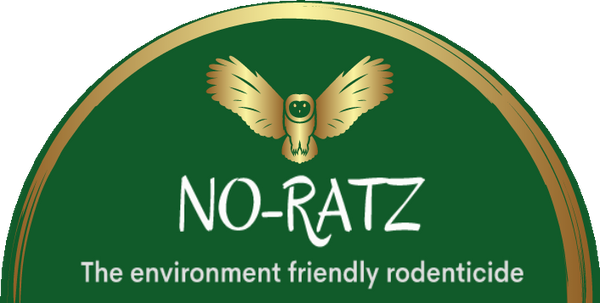We have all wondered how to keep mice and other rodents out of our homes. There are several obvious things to do such as filling cracks and holes and keeping food out. Well, those may work to some extent but I am here to share some of the things I have tried personally that has kept mice and rats out of our home for years.
Use Cement Board Exterior Walls

|
Rodents do not chew through cement boards Cement boards such as James Hardie are highly effective in keeping these critters out. After many years of using cement board on our building structures we are yet to find a single case of exterior wall being chewed on or chewed through by rodents. The reason is obvious, rodents cannot chew through cement, it is too hard to penetrate. If you do install or upgrade with cement boards not only will you make your building structures rodent proof but also eliminate the cost of replacing them as a result of sun and weather exposure. |
Wrap the base stud walls with flashing

|
 |
Staple 16-inch roll of flashing directly on the stud walls before installing vapor barriers or cement boards. This is especially useful when wrapped around the corners of walls. Be sure to wrap the flashing around the corners instead of ending it at the corners since that is the favorite place for rodents to chew their way in. You can buy flashing at any hardware or building materials store.
Use R-Max Insulation

|
The most important of all the above is to use R-Max insulation instead of standard fiber glass insulation in the walls and between the floor joists. R-Max is made of a highly insulating compound called Polyiso (Polyisocyanurate) which just happens to feel like steel wool when rodents attempt to chew it. It is highly abrasive despite its foam insulation appearance. Polyiso dust can also irritate them if they try to sniff the fragments while scratching or chewing that stuff creating a dust. Rats and mice will not touch R-Max, it is too abrasive on their paws and teeth. They may make a scratch or take a bite and will never visit that stuff again. |
We accidentally discovered this during the process of building our off-grid home. Copious amounts of mice and pack rats were all around our building site but would not chew on it. For several years after installation we found out they will not burrow through it either! If you insulate all walls and floors exposed to the exterior with R-Max you can rest assured walls will continue to remain rodent free.
What to do after you build
We realize these updates may not be always feasible especially if your structure is already built. No worries, No-Ratz to the rescue. Even though we never found a single rodent inside using these techniques we still have issues in un-enclosed areas such as porches and decks that need to be dealt with. Rodents love and will eat up No-Ratz both inside and outside.
We initially tested it because mice and pack rats still loitered in the front and back porch and made a mess. So, we specifically formulated No_Ratz after trying just about everything else and it works wonders. In just a few days after applying No-Ratz they are gone, gone, gone.
I hope this helps, be sure to leave your comments out there for us and be sure to visit our store, satisfaction guaranteed or your money back!

